Pronounce Dat // A Cajun Food Dictionary

by Katie Fletcher, Special Sections Editor THE SOUTH doesn’t get much deeper than the bayous of Louisiana. Along these bayous French meets English to create a language unlike any other. The accents of the people around here are distinct and people talk with their hands as much as their mouths. Things are not always what […]
Gumbo // Practice Makes Perfect
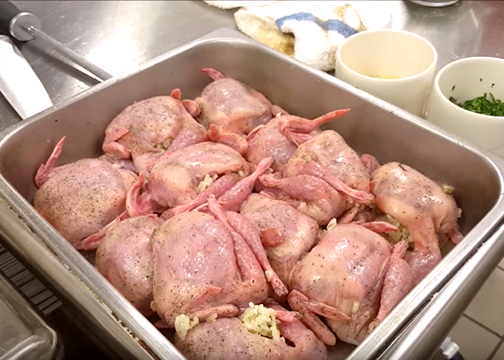
by Emily Clausen, Guest Contributor
Louisiana Pickins // Growing Seasons

A Cajun Staple // Gumbo
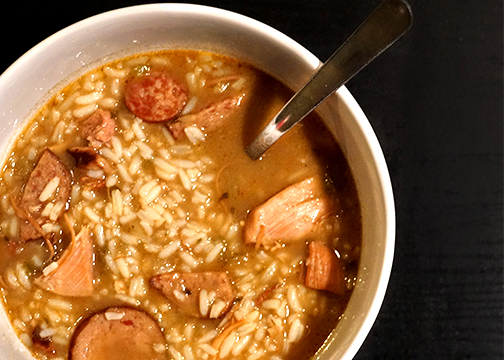
by Andetrie Vicks, Staff Writer Today when family and friends in Louisiana get together to enjoy each other’s company the style of cooking is still CAJUN/CREOLE. Traditional comfort foods are on the menu, like red beans and rice, fried catfish and most importantly gumbo. Gumbo is extremely diverse and every family makes it slightly different […]
Dance In The Kitchen ‘Till The Morin Light // Recipes
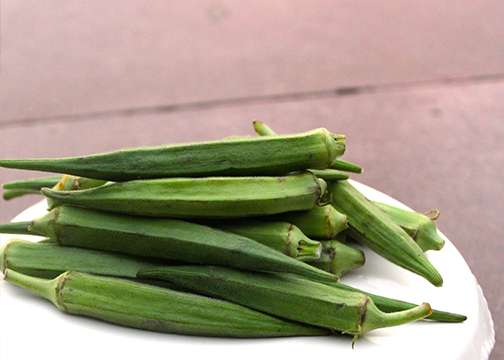
by Katie Fletcher, Special Sections Editor The kitchens of South Louisiana are blessed with some of the best chefs in the world. The food is just as spicy and diverse as the people who prepare it. It’s southern food with extra flavor, extra calories, and extra love. Everybody’s grandma makes the greatest gumbo, and everybody’s […]
Louisiana // Seasons
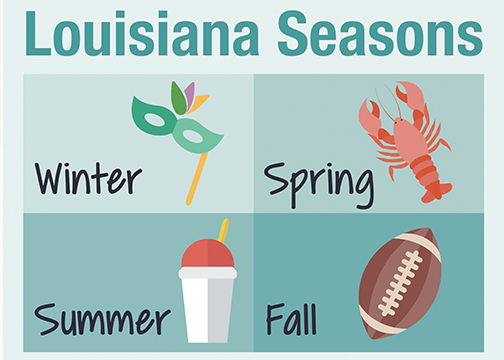
by Brooke Pizani, Photographer & Special Sections FOR THE MAJORITY OF THE WORLD, there are four seasons: Winter, Spring, Summer and Fall. For Louisiana, it may seem we skip winter or have an extended summer, but we identify our seasons by what each change of the weather means to us. Ask a native of South […]
In Bags // Sharing the Bounty
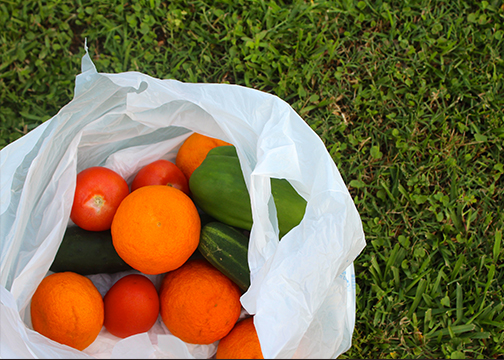
By Claire LeBeouf, Staff Writer “Don’t forget your bag of groceries!” “Y’all go pick some oranges.” “I picked that from my garden this morning.” LOCALLY GROWN. These are all things you will hear in South Louisiana when it comes to local food. It is common down south to grow produce and sell it, but it […]
